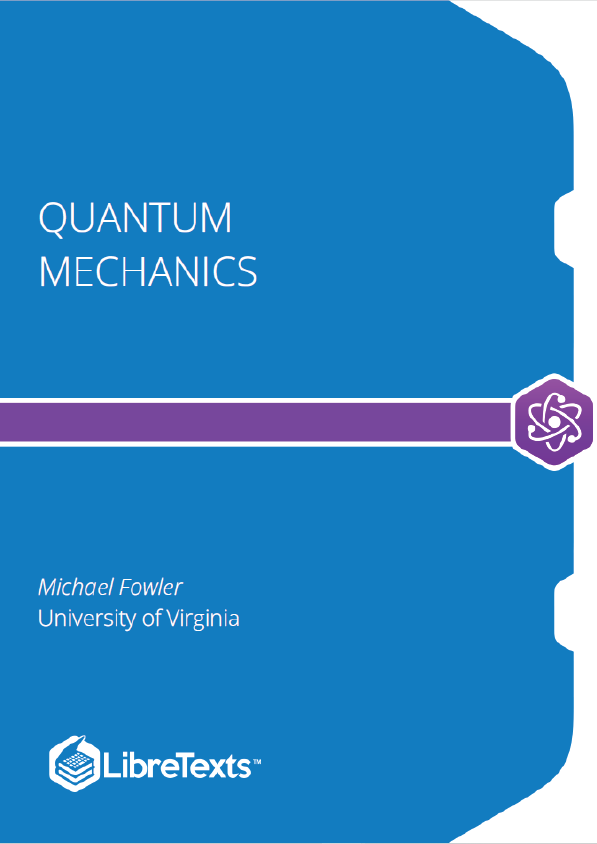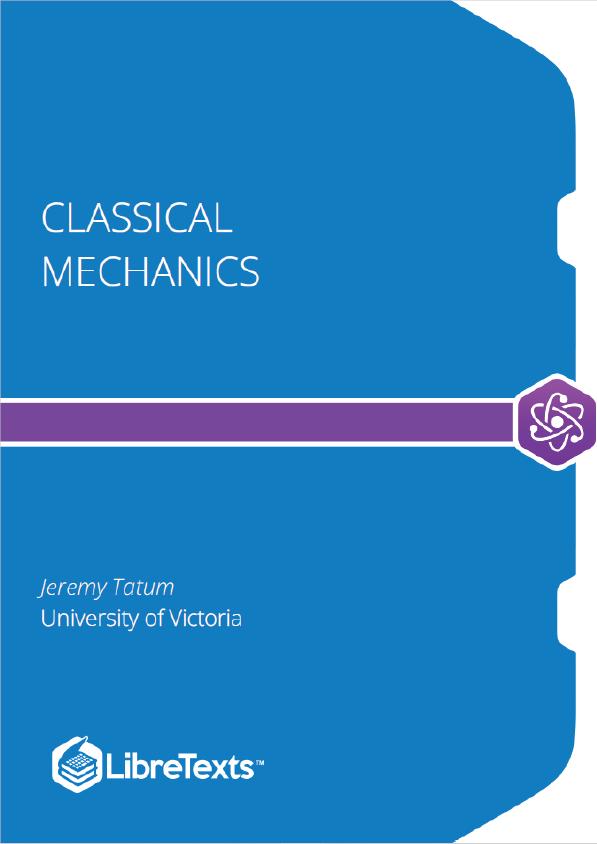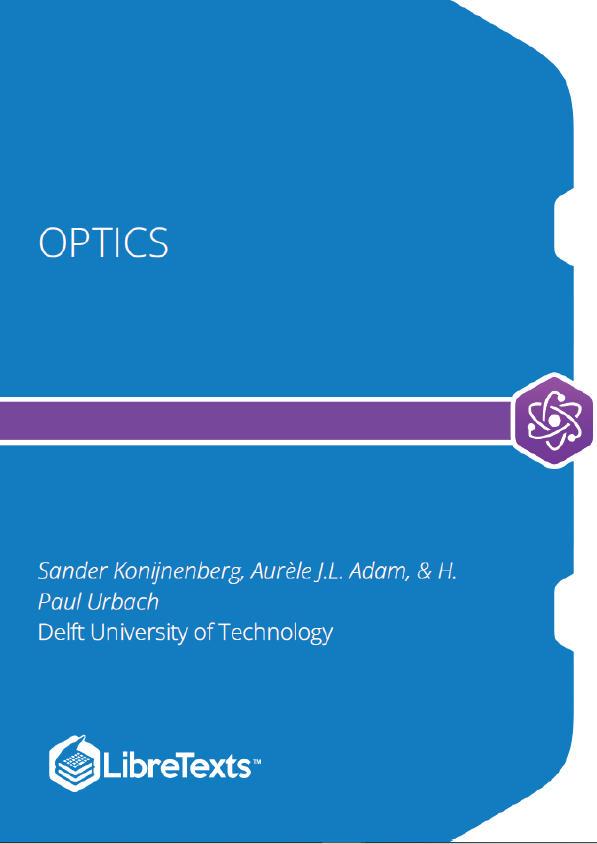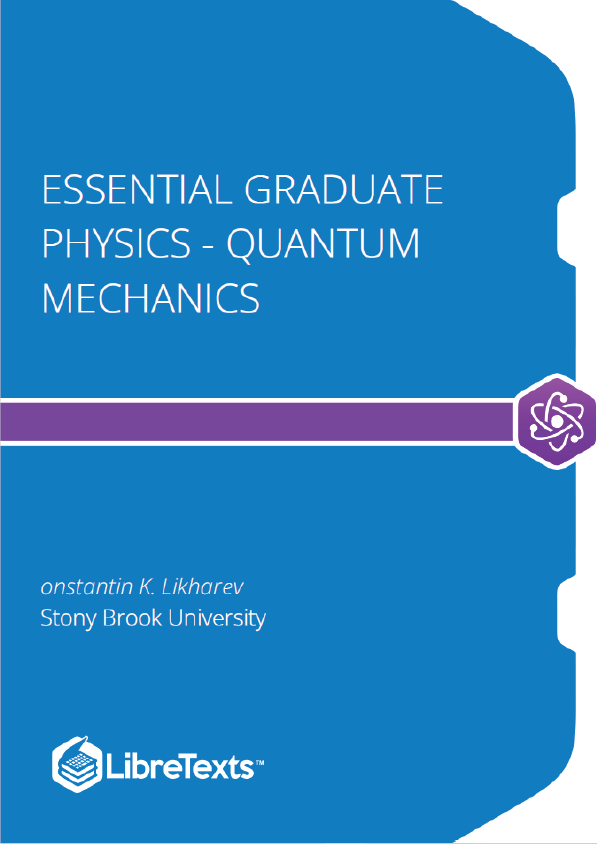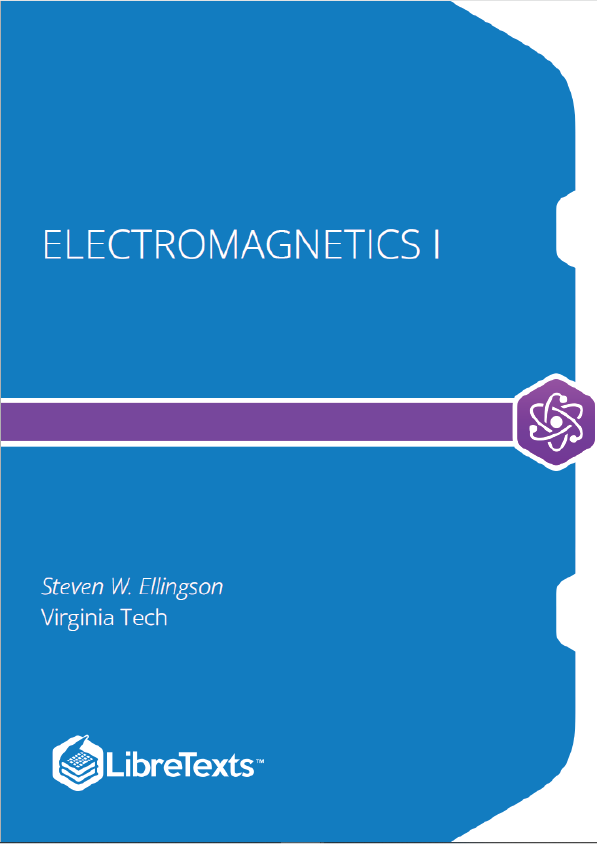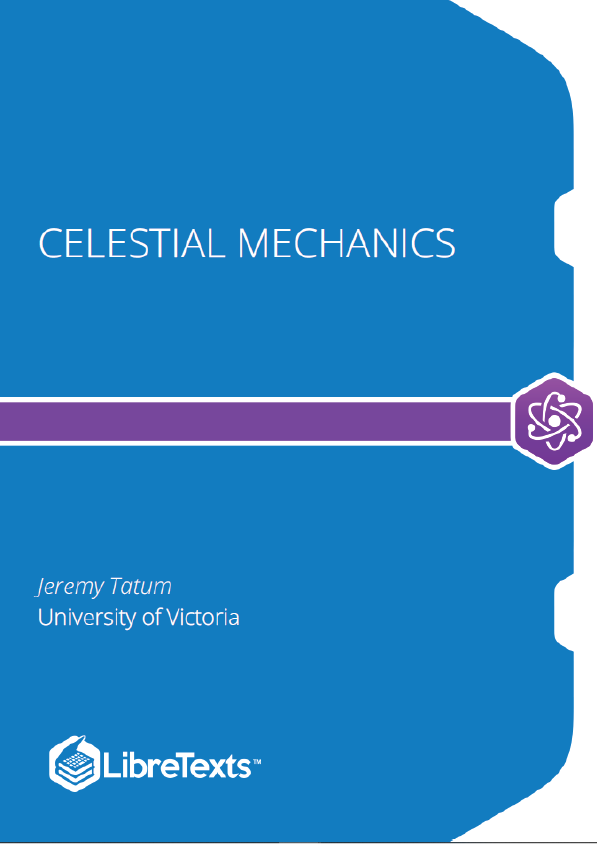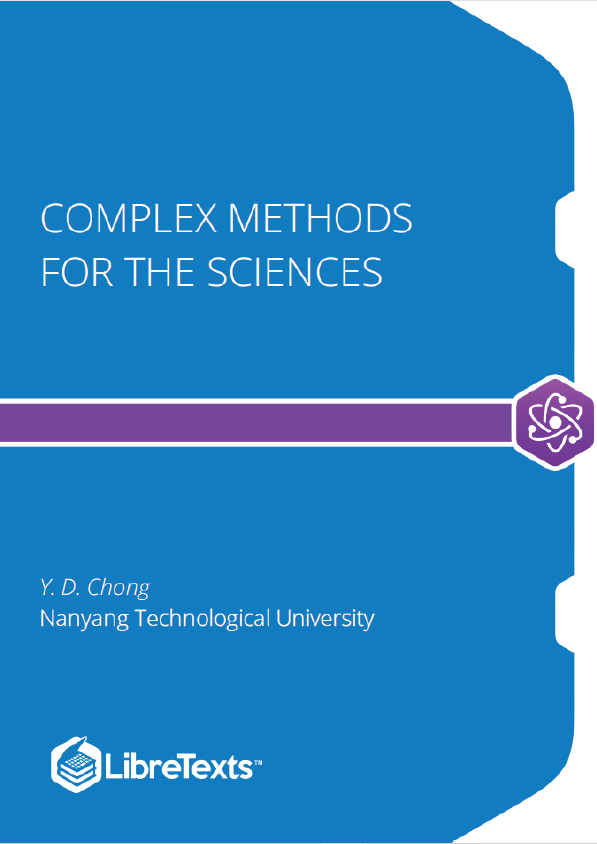What was Wrong with Classical Mechanics?
Basically, classical statistical mechanics wasn’t making sense…
Maxwell and Boltzmann evolved the equipartition theorem: a physical system can have many states (gas with particles having different velocities, or springs in different states of compression).
At nonzero temperature, energy will flow around in the system, it will constantly move from one state to another. So, what is the probability that at any instant it is in a particular state with energy ?
M&B proves it was proportional to . This proportionality factor is also correct for any subsystem of the system: for example a single molecule.
Notice this means if a system is a set of oscillators, different masses on different strength springs, for example, then in thermal equilibrium each oscillator has on average the same energy as all the others. For three-dimensional oscillators in thermal equilibrium, the average energy of each oscillator is , where is Boltzmann’s constant.
Black Body Radiation
Now put this together with Maxwell’s discovery that light is an electromagnetic wave: inside a hot oven, Maxwell’s equations can be solved yielding standing wave solutions, and the set of different wavelength allowed standing waves amount to an infinite series of oscillators, with no upper limit on the frequencies on going far into the ultraviolet. Therefore, from the classical equipartition theorem, an oven at thermal equilibrium at a definite temperature should contain an infinite amount of energy—of order in each of an infinite number of modes—and if you let radiation out through a tiny hole in the side, you should see radiation of all frequencies.
This is not, of course, what is observed: as an oven is warmed, it emits infrared, then red, then yellow light, etc. This means that the higher frequency oscillators (blue, etc.) are in fact not excited at low temperatures: equipartition is not true.
Planck showed that the experimentally observed intensity/frequency curve was exactly reproduced if it was assumed that the radiation was quantized: light of frequency could only be emitted in quanta—now photons—having energy , being Planck’s constant. This was the beginning of quantum mechanics.
The Photoelectric Effect
Einstein showed the same quantization of electromagnetic radiation explained the photoelectric effect: a photon of energy knocks an electron out of a metal, it takes a certain work to get it out, the rest of the photon energy goes to the kinetic energy of the electron, for the fastest electrons emitted (those that come right from the surface, so encountering no further resistance). Plotting the maximum electron kinetic energy as a function of incident light frequency confirms the hypothesis, giving the same value for as that needed to explain radiation from an oven. (It had previously been assumed that more intense light would increase the kinetic energy—this turned out not to be the case.)
